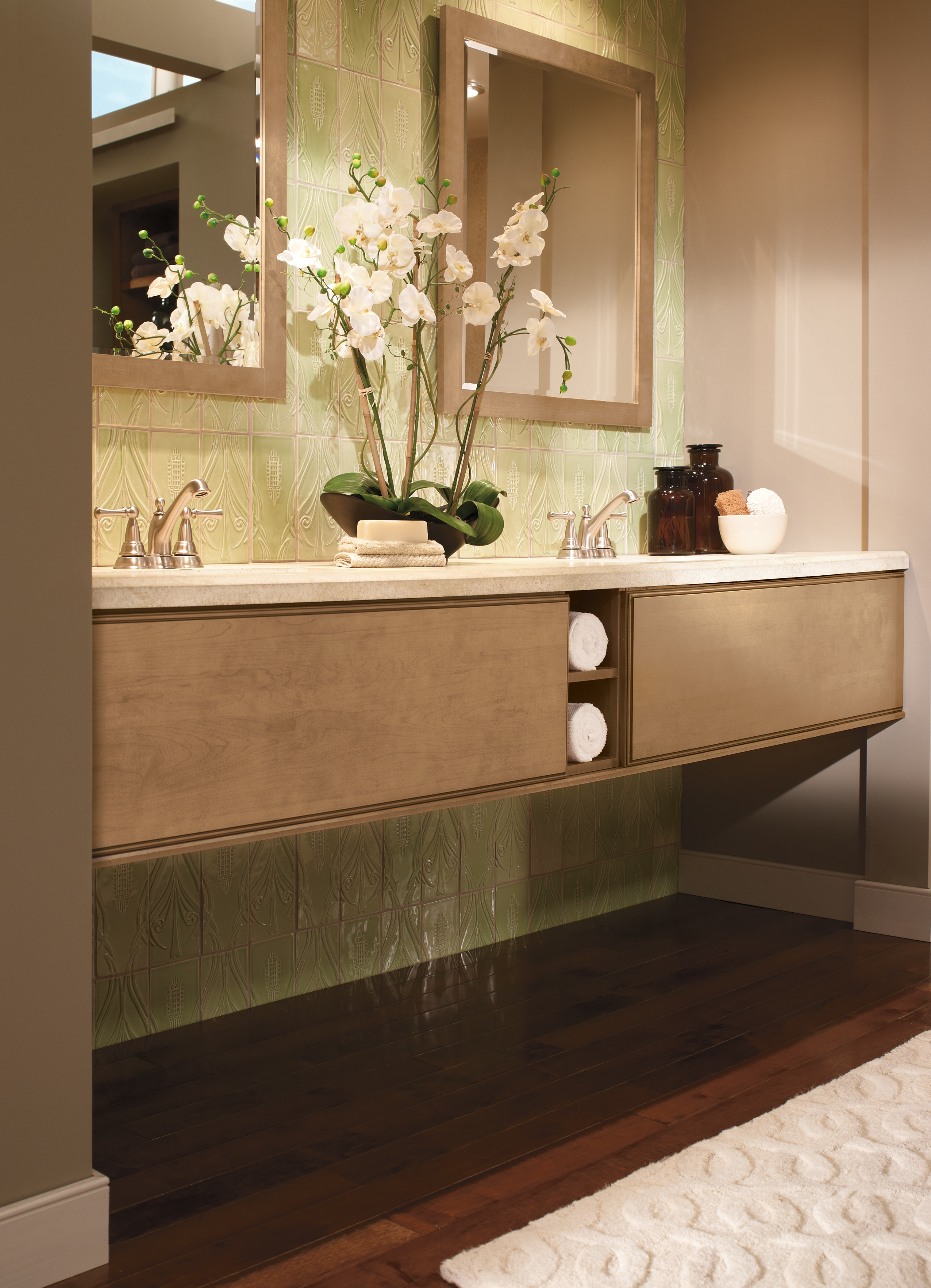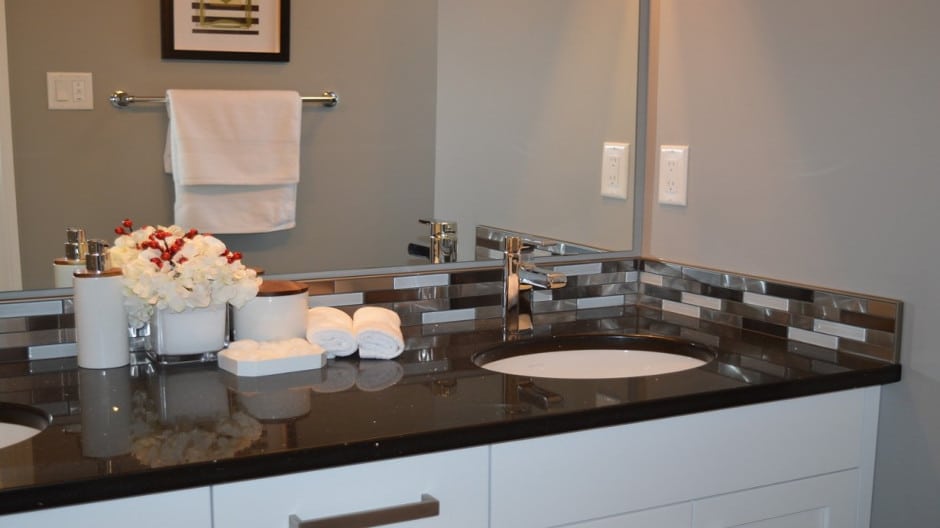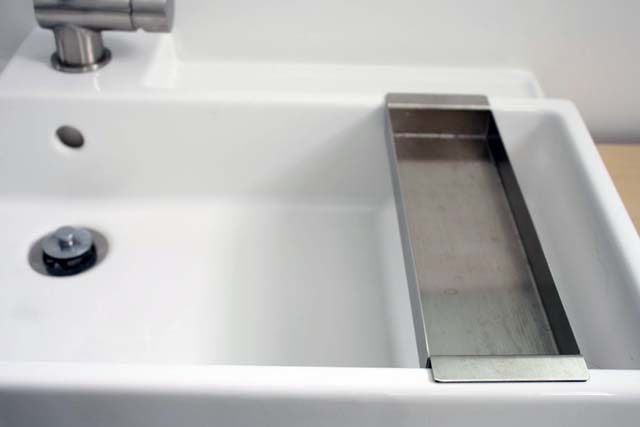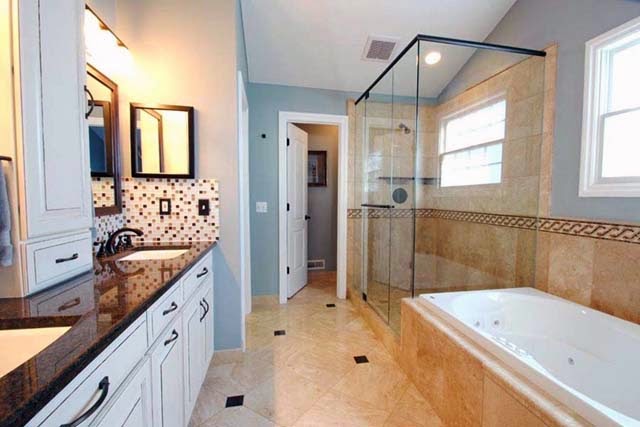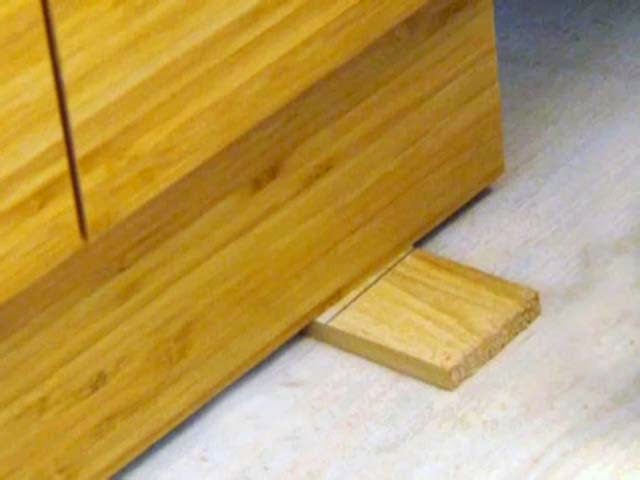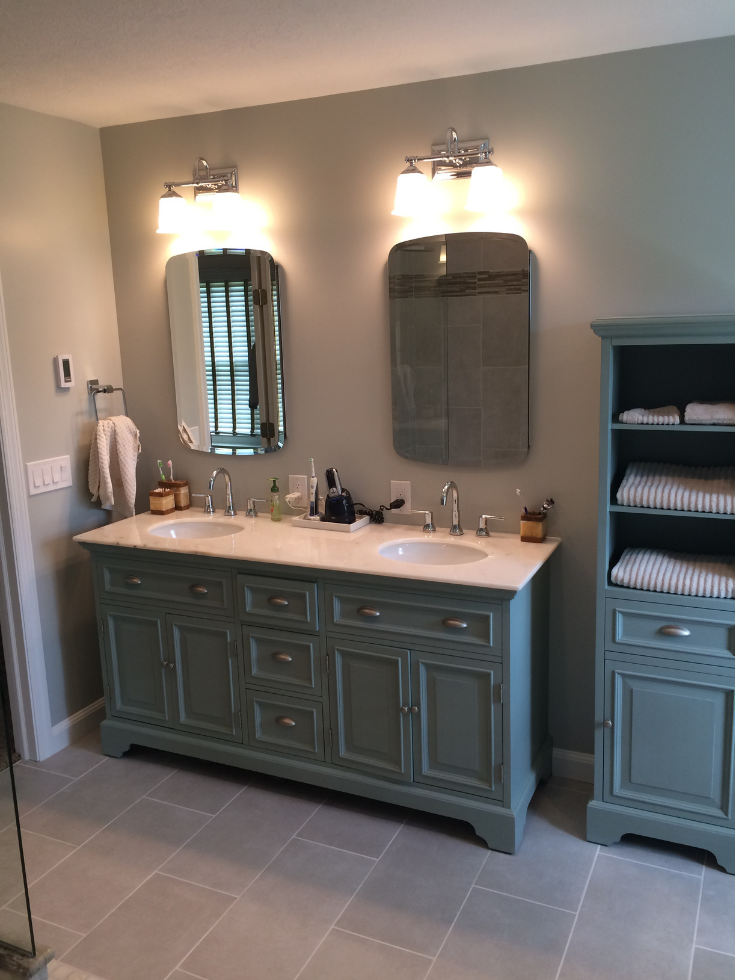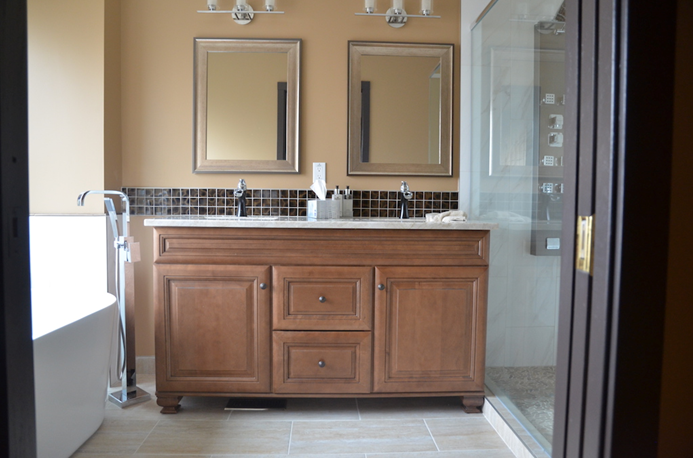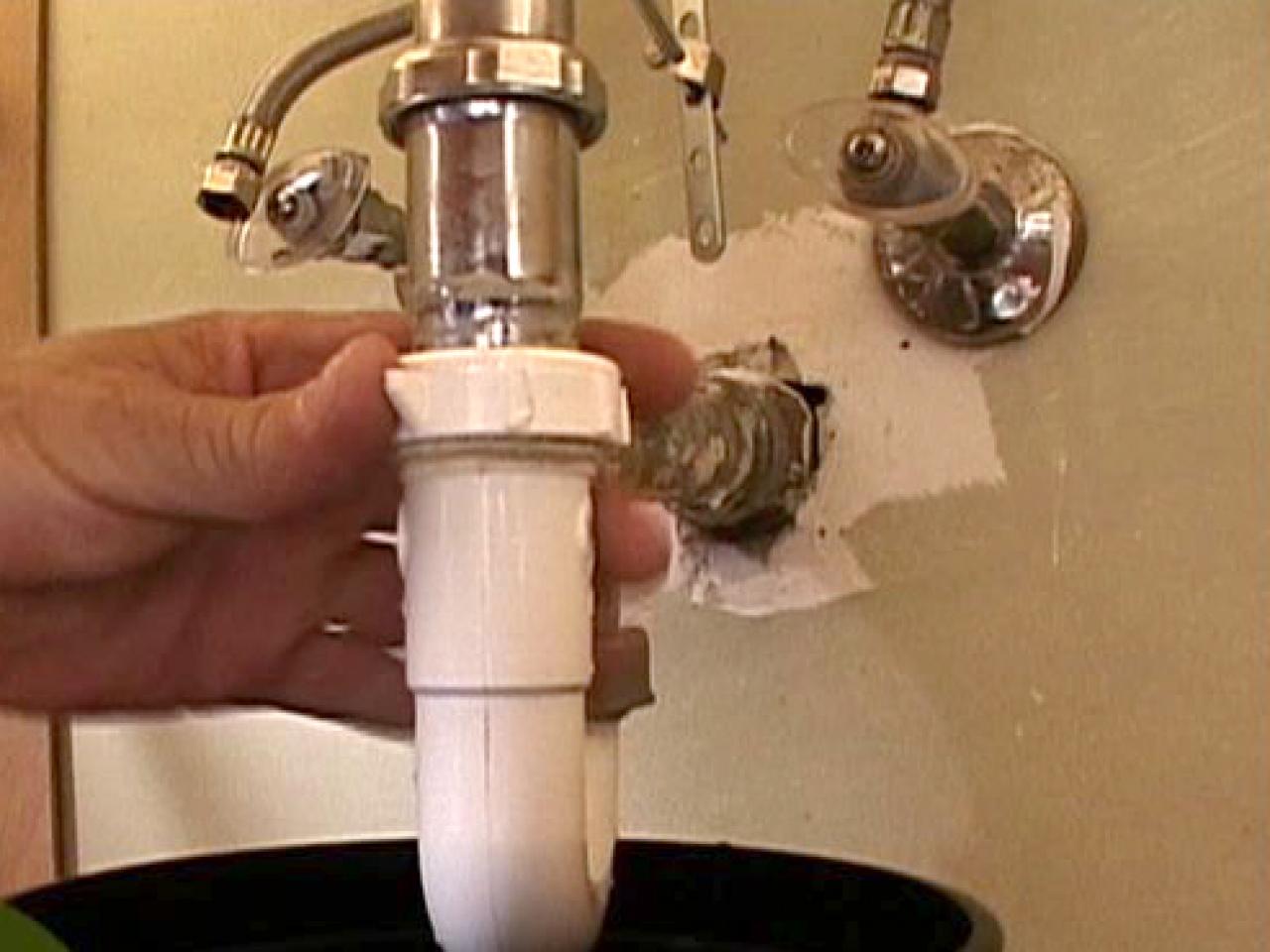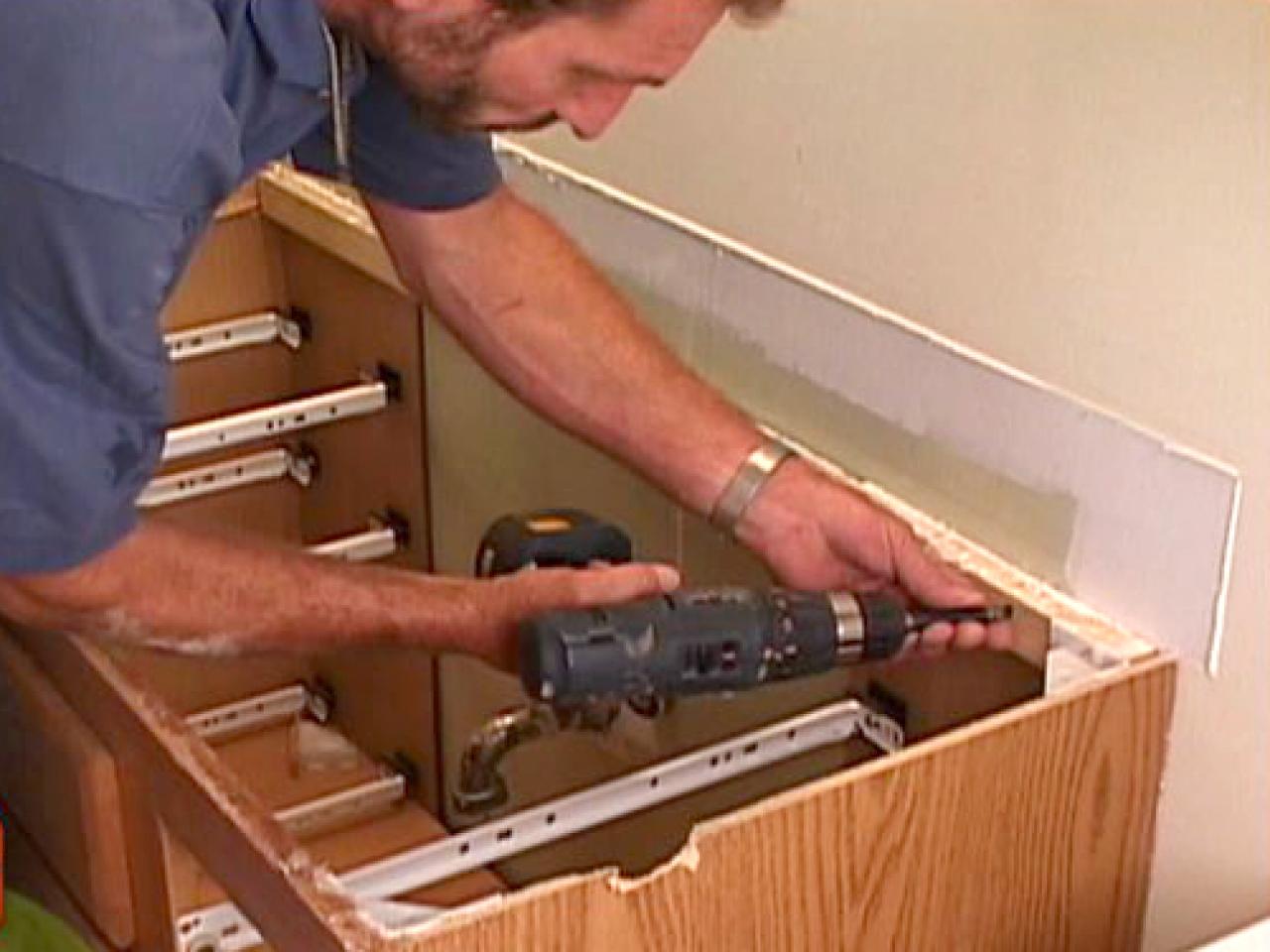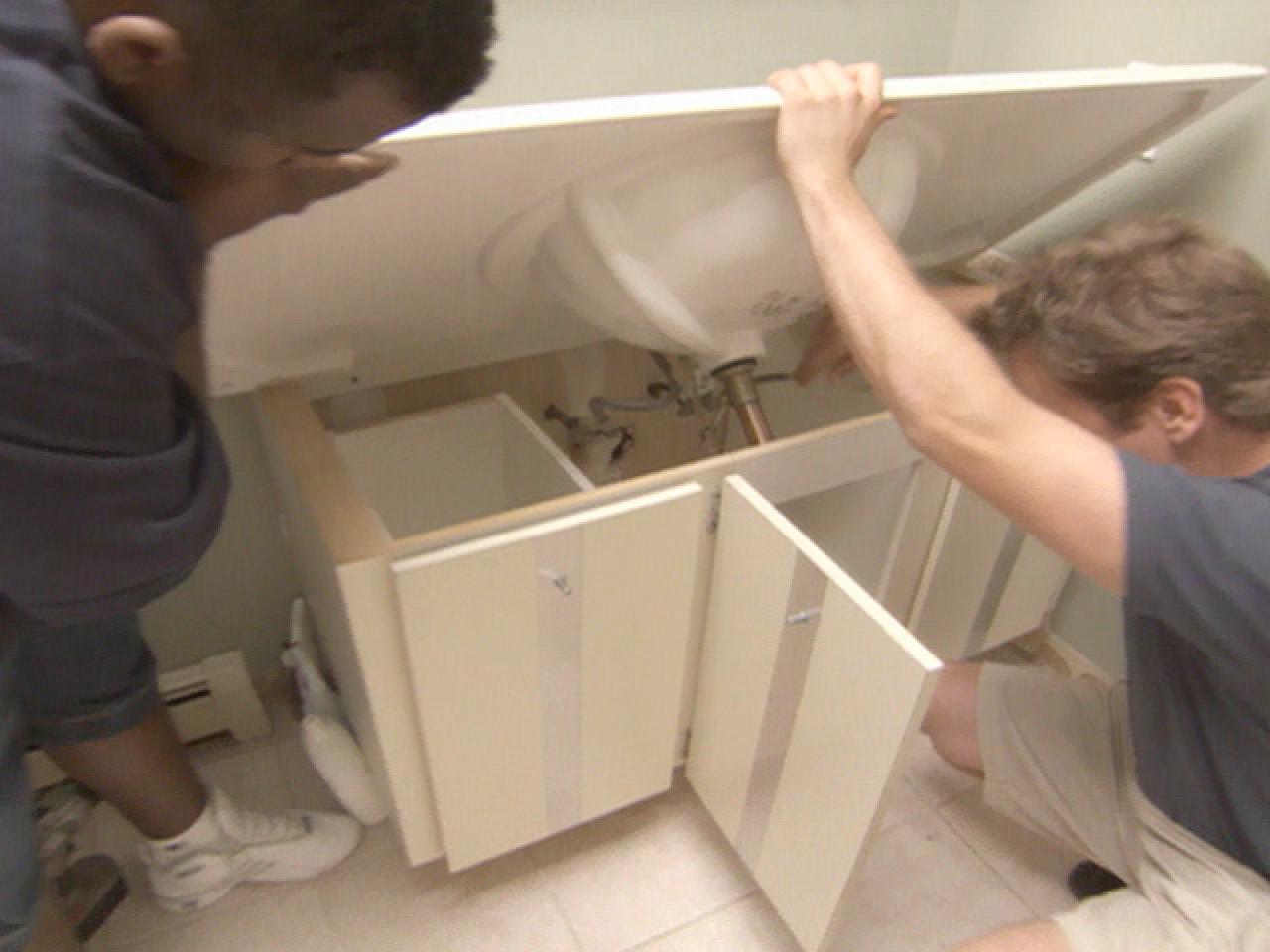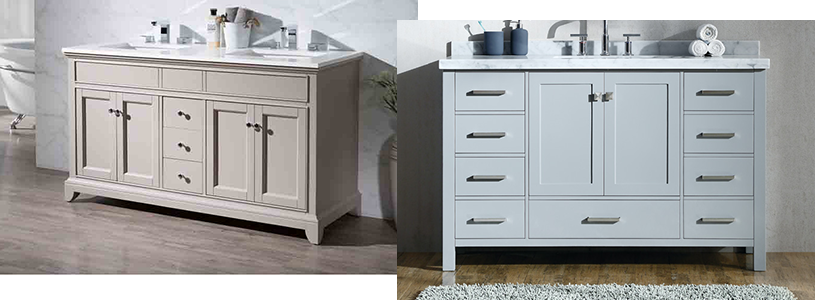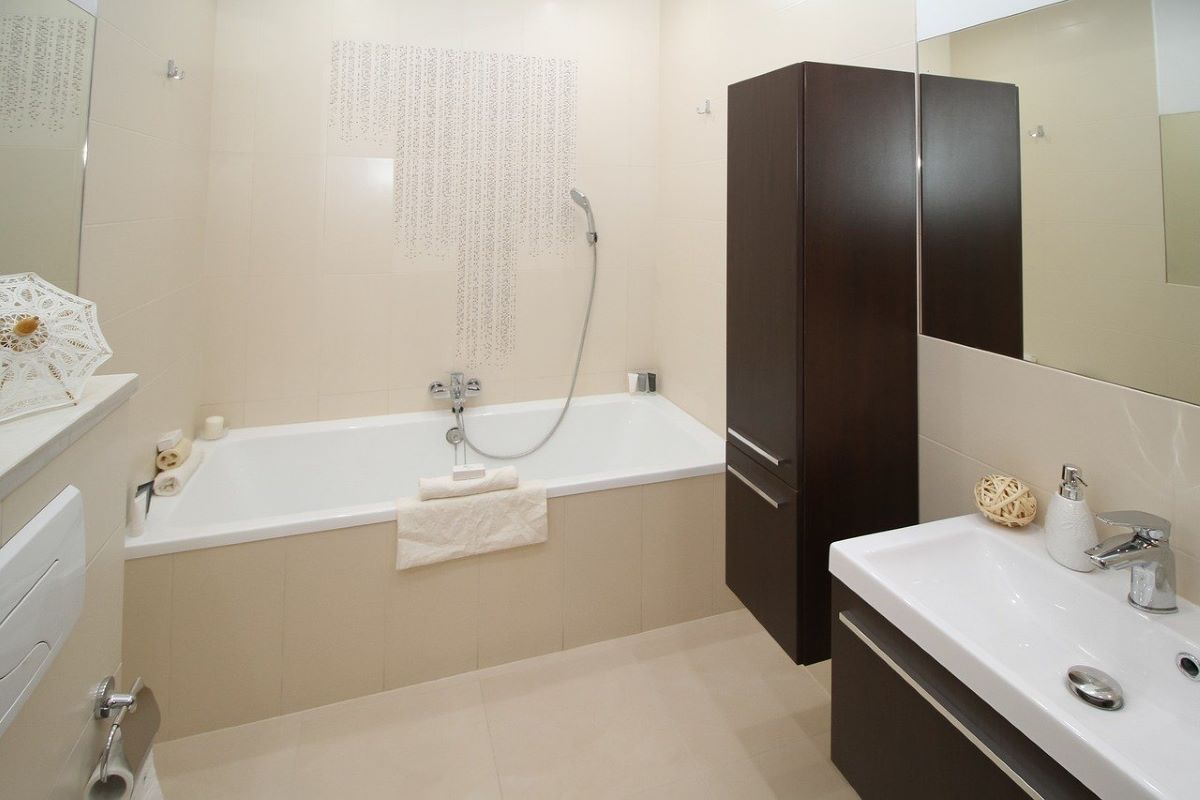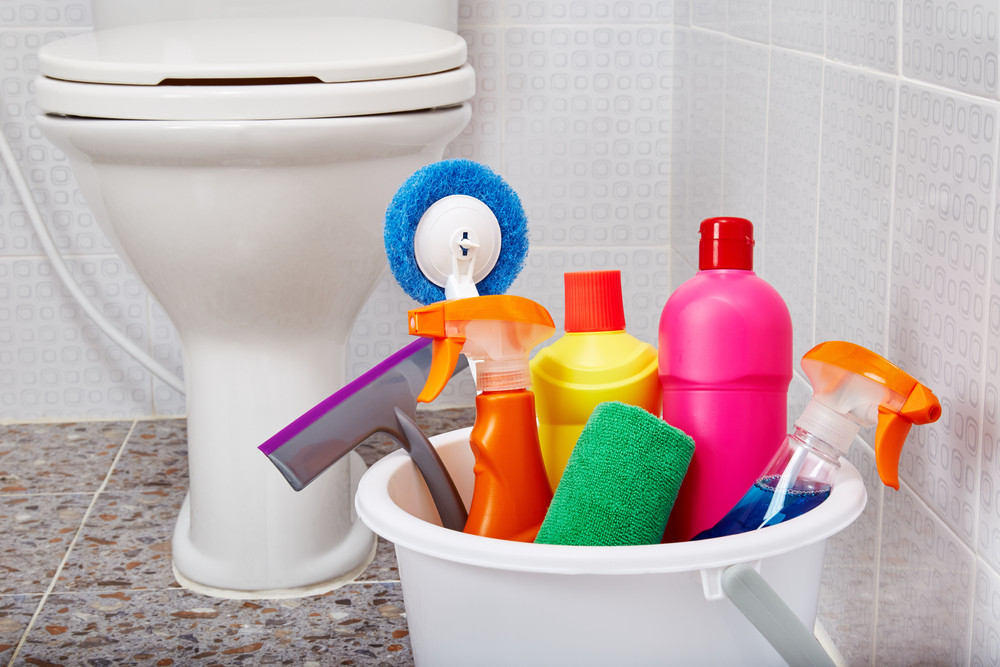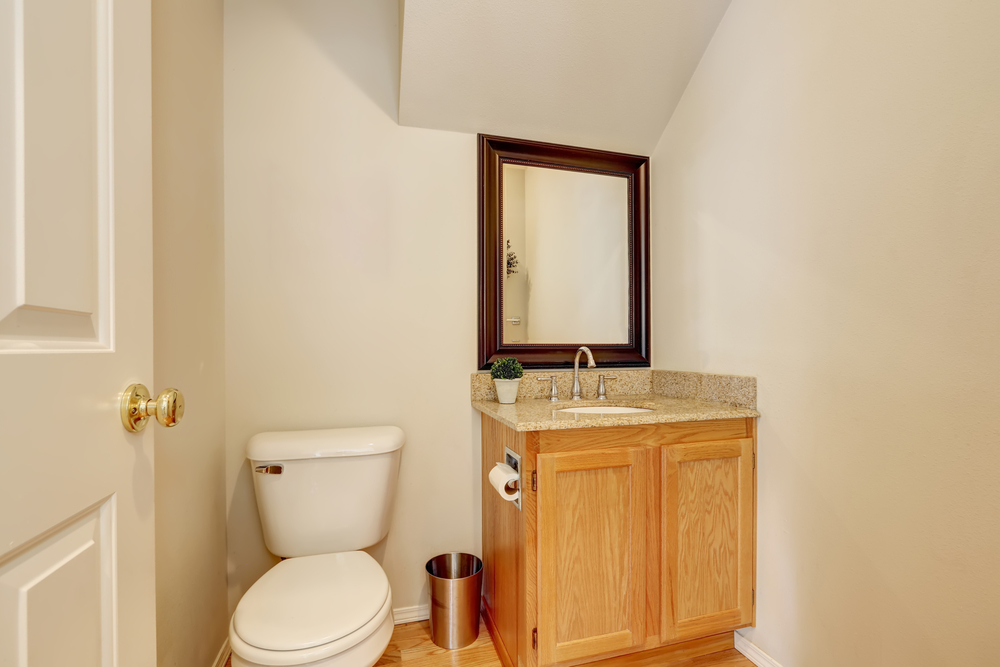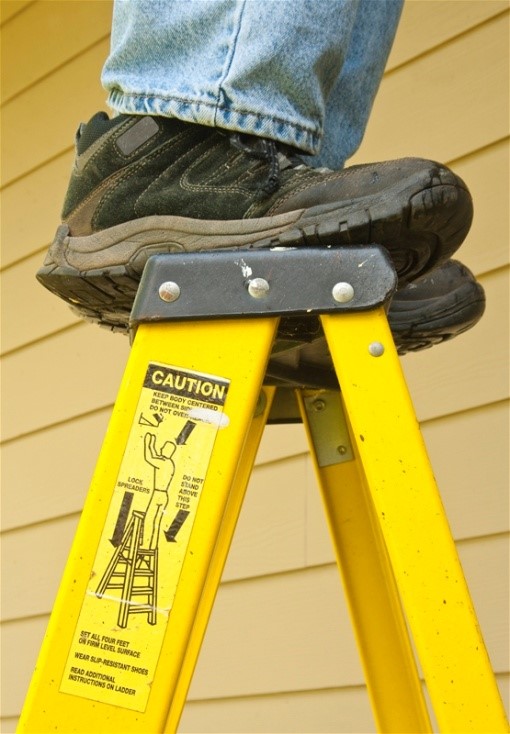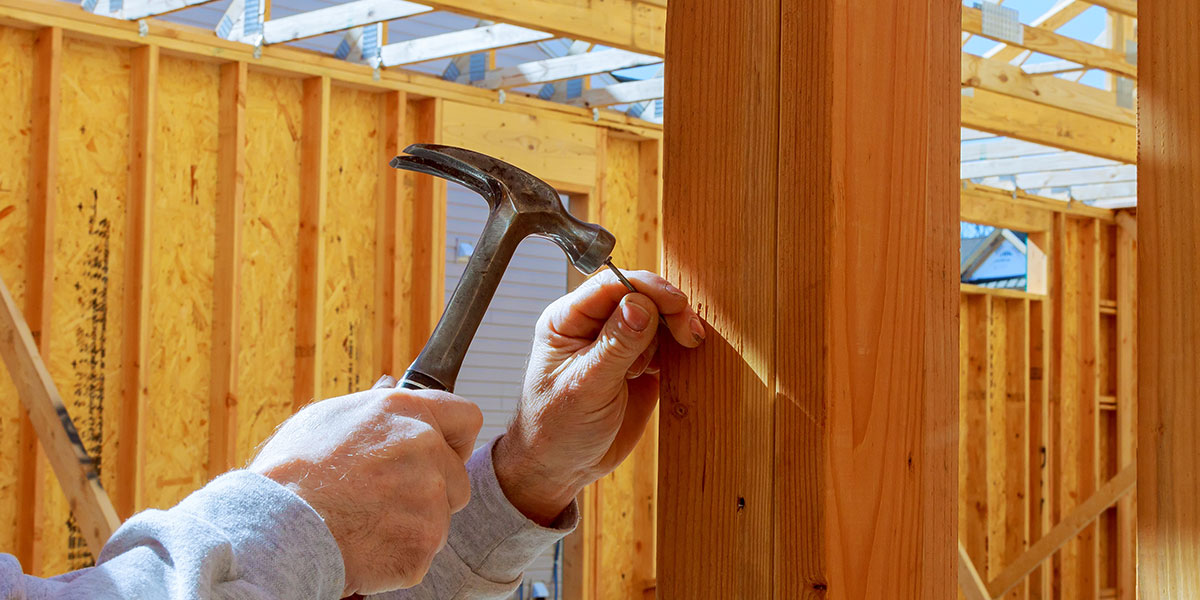Installing a new bathroom vanity can give your bathroom a fresh new look and add value to your home. It may seem like a daunting task, but with the right tools and knowledge, it can be a relatively simple DIY project. In this article, we'll guide you through the process of installing a new bathroom vanity step by step. How to Install a New Bathroom Vanity
Installing a bathroom vanity yourself can save you money and give you a sense of satisfaction. However, it's important to have some basic handyman skills and the right tools for the job. If you're unsure about your abilities, it's best to hire a professional to ensure the job is done correctly. DIY Bathroom Vanity Installation
Before you begin, make sure you have all the necessary tools and materials. You'll need a drill, screwdriver, level, measuring tape, and a wrench. You'll also need the new vanity, sink, faucet, and plumbing supplies. Once you have everything ready, follow these steps: Step 1: Remove the old vanity - Start by turning off the water supply and disconnecting the plumbing. Then, use a screwdriver to remove the screws that hold the vanity in place. Carefully lift the vanity off the wall and out of the bathroom. Step 2: Measure and prep the space - Measure the space where the new vanity will go and mark the location of the studs on the wall. Use a level to make sure the vanity will be installed straight. If the vanity doesn't come with a back panel, you may need to add one to cover any gaps. Step 3: Assemble the vanity - If your vanity comes pre-assembled, you can skip this step. Otherwise, follow the manufacturer's instructions to put the pieces together. Make sure all the pieces are secure and any shelves or drawers are in place. Step 4: Install the faucet and drain - Before installing the vanity, attach the faucet and drain to the sink. This will make it easier to install the sink once the vanity is in place. Step 5: Mount the vanity - Lift the vanity into place and secure it to the wall using the marked studs. Use a level to make sure it's straight. Then, attach the vanity to the studs using screws. Step 6: Connect the plumbing - Reconnect the plumbing, making sure all connections are tight and secure. Turn the water supply back on and check for any leaks. Step 7: Install the sink - Place the sink on top of the vanity, making sure it's centered and level. Use silicone caulk to seal around the edges and secure the sink in place. Step 8: Add finishing touches - Install the vanity top and secure it to the vanity. Then, attach the backsplash if your vanity comes with one. Finally, add any additional hardware or accessories, such as a mirror or towel bar. Step-by-Step Guide for Installing a Bathroom Vanity
Here are some additional tips to keep in mind when installing a new bathroom vanity: Tips for Installing a New Bathroom Vanity
Installing a bathroom vanity requires some basic handyman skills and knowledge of plumbing. It's important to measure and prep the space properly, and to have the right tools for the job. If you're unsure about your abilities, it's best to hire a professional to ensure the job is done correctly and to avoid any potential plumbing issues. Bathroom Vanity Installation: What You Need to Know
If you're new to DIY projects, installing a bathroom vanity can be a great way to gain some experience. However, it's important to do your research and follow the necessary steps to ensure the job is done correctly. If you're unsure about anything, don't hesitate to seek advice from a professional or hire one to assist you. Installing a Bathroom Vanity: A Beginner's Guide
Proper installation of a new bathroom vanity is crucial for both functionality and aesthetics. If the vanity is not level, it can cause issues with the sink and plumbing. If it's not securely attached to the wall, it can pose a safety hazard. It's important to take the time to properly install the vanity to avoid any potential problems in the future. The Importance of Properly Installing a New Bathroom Vanity
Here are some common mistakes to avoid when installing a bathroom vanity: Common Mistakes to Avoid When Installing a Bathroom Vanity
Before you start any installation, it's important to measure and prep the space properly. This will ensure that the vanity fits correctly and is installed securely. Measure the space where the vanity will go and mark the location of the studs on the wall. Use a level to make sure the vanity will be installed straight. If necessary, add a back panel to cover any gaps between the vanity and the wall. How to Measure and Prep for a New Bathroom Vanity Installation
While installing a bathroom vanity yourself can save you money, it's important to consider the potential risks and complications. If you're not confident in your abilities, it's best to hire a professional to ensure the job is done correctly and to avoid any potential plumbing issues. However, if you have the necessary skills and tools, DIY can be a rewarding and cost-effective option. Hiring a Professional vs. DIY: Pros and Cons of Installing a Bathroom Vanity
Choosing the Perfect Bathroom Vanity

Factors to Consider
 When it comes to designing a bathroom, one of the most important elements is the
bathroom vanity
. Not only does it provide storage and counter space, but it also sets the tone for the overall design of the room. Therefore, it is crucial to carefully consider all aspects before making a decision on which bathroom vanity to install.
Style:
The first thing to consider is the style of the bathroom. Is it modern and sleek or traditional and ornate? The vanity should complement the existing design and enhance the overall aesthetic.
Size:
Another important factor is the size of the vanity. It is essential to measure the space where the vanity will be installed and choose one that fits comfortably without overcrowding the room.
Storage:
The amount of storage needed will also play a role in choosing the right vanity. If the bathroom is shared by multiple people, a larger vanity with multiple drawers and cabinets may be necessary. On the other hand, if it is a guest bathroom, a smaller vanity with limited storage may suffice.
Material:
Bathroom vanities come in a variety of materials, such as wood, marble, and granite. Consider the durability, maintenance, and cost of each material before making a decision.
When it comes to designing a bathroom, one of the most important elements is the
bathroom vanity
. Not only does it provide storage and counter space, but it also sets the tone for the overall design of the room. Therefore, it is crucial to carefully consider all aspects before making a decision on which bathroom vanity to install.
Style:
The first thing to consider is the style of the bathroom. Is it modern and sleek or traditional and ornate? The vanity should complement the existing design and enhance the overall aesthetic.
Size:
Another important factor is the size of the vanity. It is essential to measure the space where the vanity will be installed and choose one that fits comfortably without overcrowding the room.
Storage:
The amount of storage needed will also play a role in choosing the right vanity. If the bathroom is shared by multiple people, a larger vanity with multiple drawers and cabinets may be necessary. On the other hand, if it is a guest bathroom, a smaller vanity with limited storage may suffice.
Material:
Bathroom vanities come in a variety of materials, such as wood, marble, and granite. Consider the durability, maintenance, and cost of each material before making a decision.












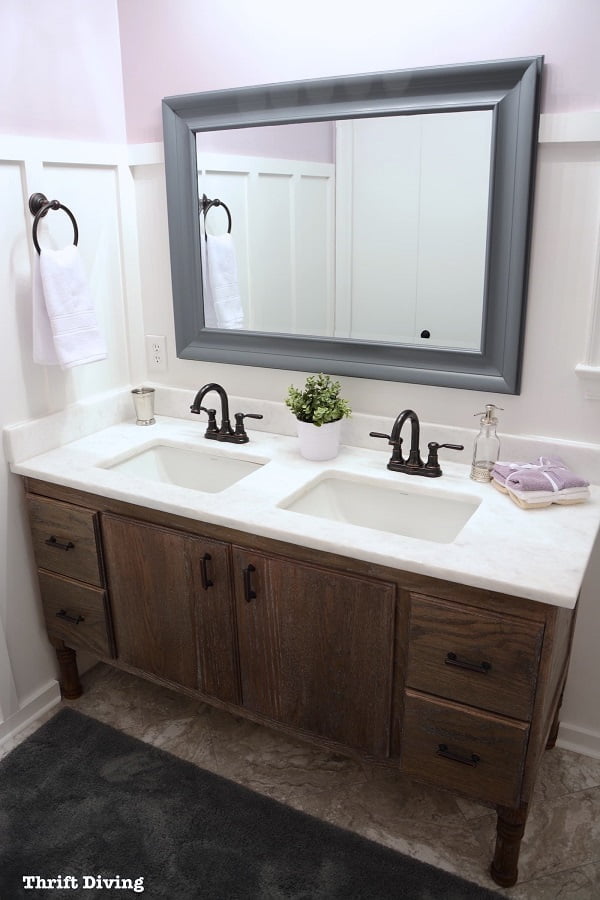


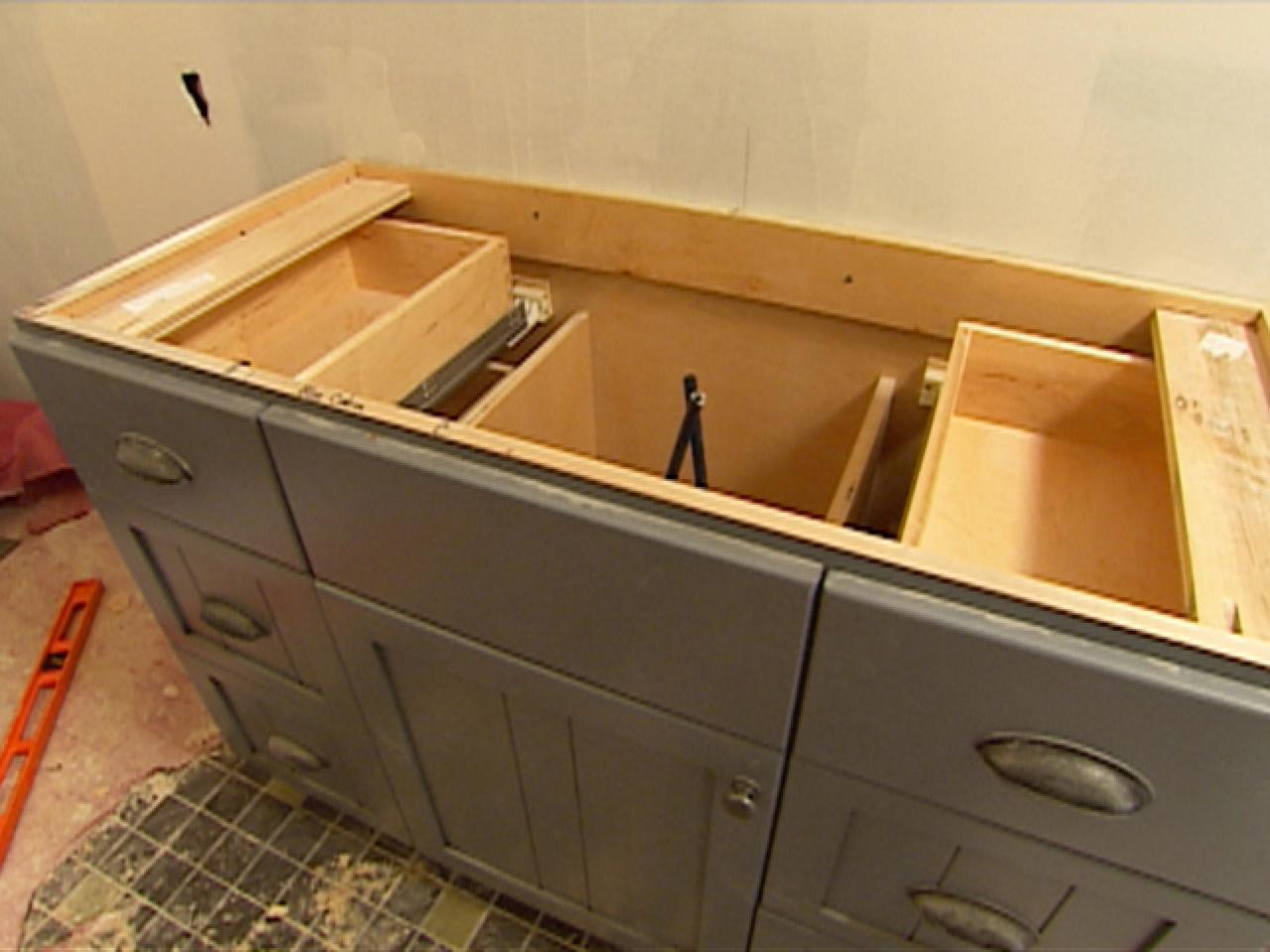

:max_bytes(150000):strip_icc()/build-something-diy-vanity-594402125f9b58d58ae21158.jpg)
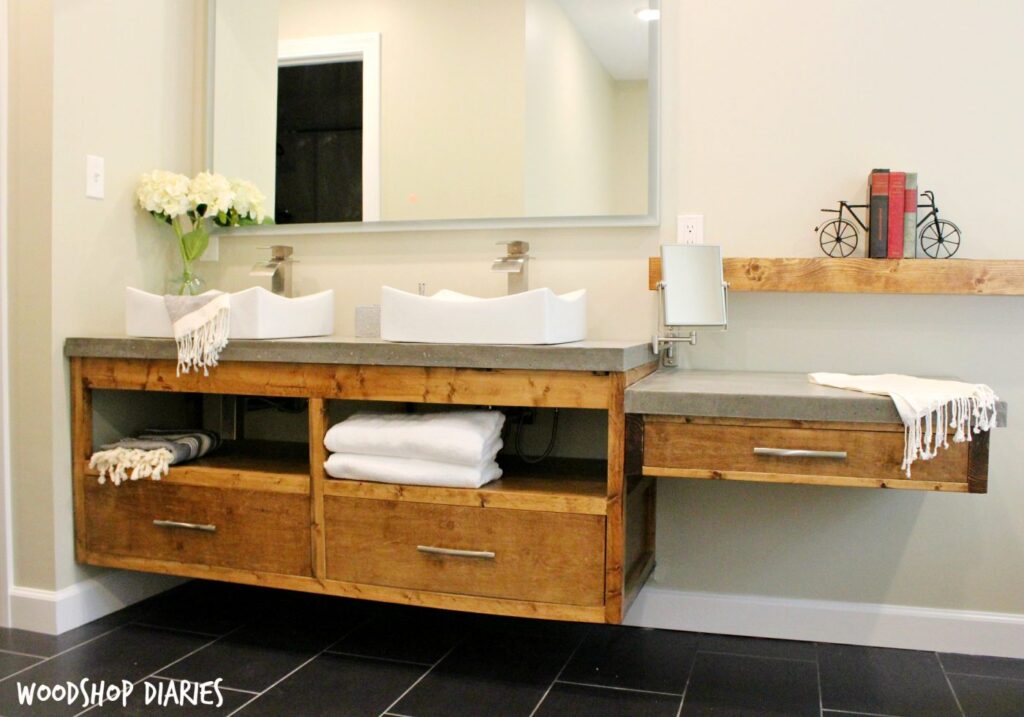




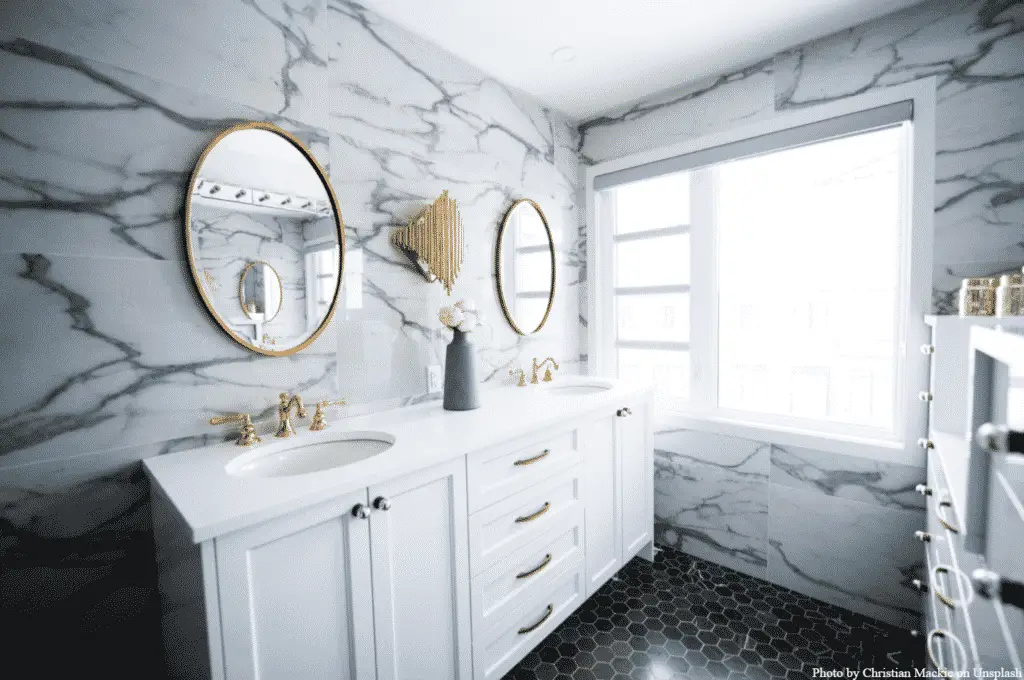
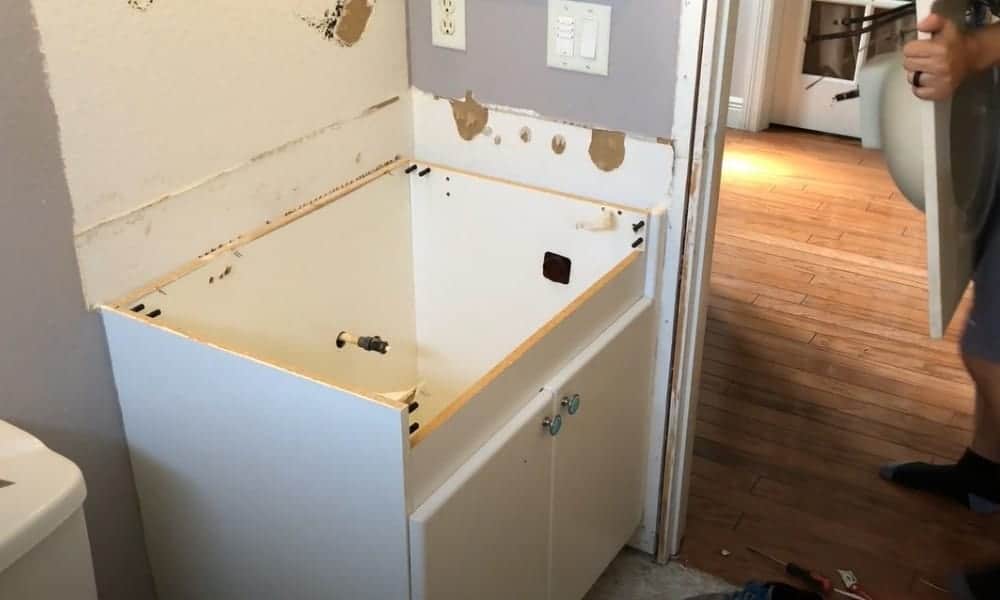



/sarahshermansamuelphotoanddesign-c65ca4291b3c467dac85246c35c92343.jpg)
